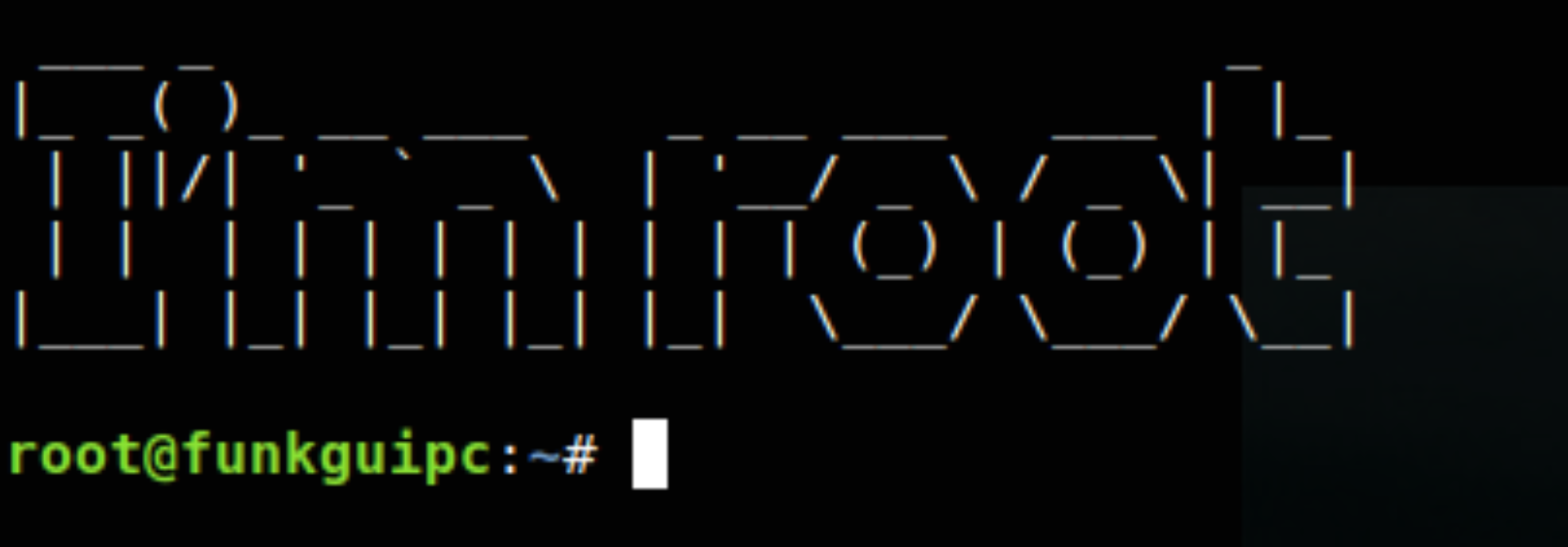Appunti veloci senza troppi commenti….
Sul MASTER
skip-innodb
default-storage-engine = MyISAM
Si NON AMO INNODB!
server-id=1
log-bin = mysql-bin
binlog-ignore-db = “mysql”
binlog-ignore-db = “sys”
binlog-ignore-db = “performance_schema”
systemctl restart mysql.service
grant replication slave on . TO ‘slaveuser’@’%’ identified by ‘xxxxxxxxxxxxxxx’;
SE mysql è versione 8
CREATE USER ‘thesalveusername’@’%’ identified by ‘XXXXX’;
grant replication slave on . TO ‘thesalveusername’@’%’;
FLUSH TABLES WITH READ LOCK;
creare i dump dei db e copiarli sulla macchina slave
SHOW MASTER STATUS;
ci darà le informazioni sul nome file di log e sulla posizione da cui far partire la replicazione
UNLOCK TABLES;
Sullo SLAVE
skip-innodb
default-storage-engine = MyISAM
server-id = 2
SLAVE STOP;
CHANGE MASTER TO MASTER_HOST=’192.168.1.54′,
MASTER_PORT=3306,
MASTER_USER=’thesalveusername’,
MASTER_PASSWORD=’ddddddddd’;
START SLAVE;
SHOW SLAVE STATUS\G
on mysql8
STOP SLAVE;
CHANGE MASTER TO MASTER_HOST=’30.31.32.33′,
MASTER_PORT=3306,
MASTER_USER=’thesalveusername’,
MASTER_PASSWORD=’xxxxxxxx’;
START SLAVE;
SHOW SLAVE STATUS\G
CHANGE MASTER TO MASTER_HOST=’30.31.32.33′,
MASTER_PORT=3306,
MASTER_USER=’thesalveusername’,
MASTER_PASSWORD=’dddddddd’, MASTER_LOG_FILE=’mysql-bin.000001′, MASTER_LOG_POS= 155;
START SLAVE;
SHOW SLAVE STATUS\G
Se lo slave non partisse utilizzare nella shell mysql il comando:
slave reset
Se la macchina dovessere essere un clone ricordarsi di eliminare il file /var/lib/mysql/auto.cnf in modo che i server abbiano UUID differente.
